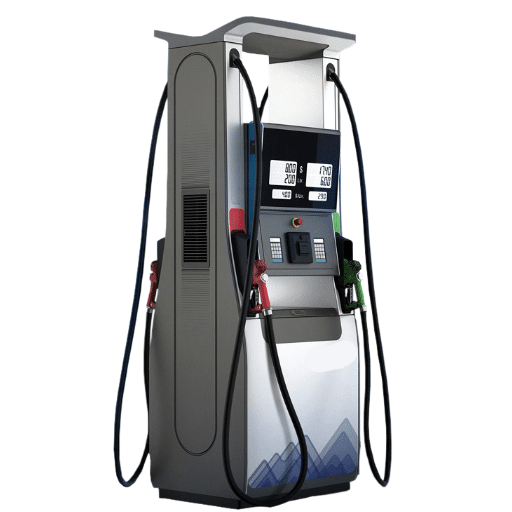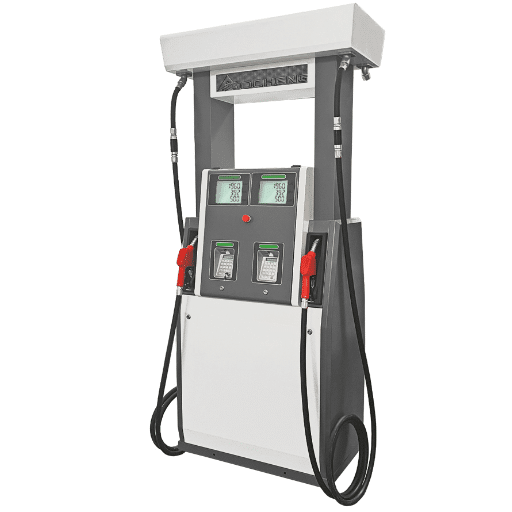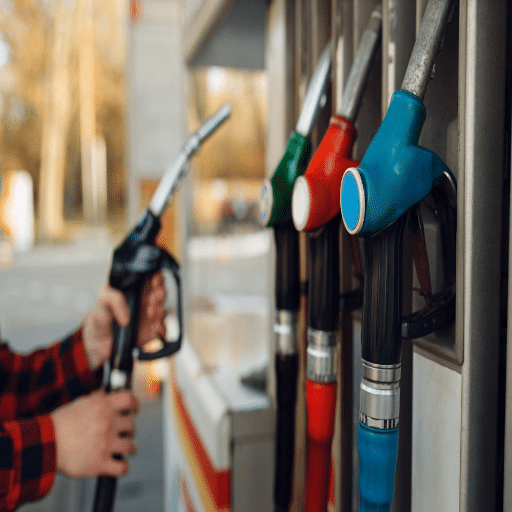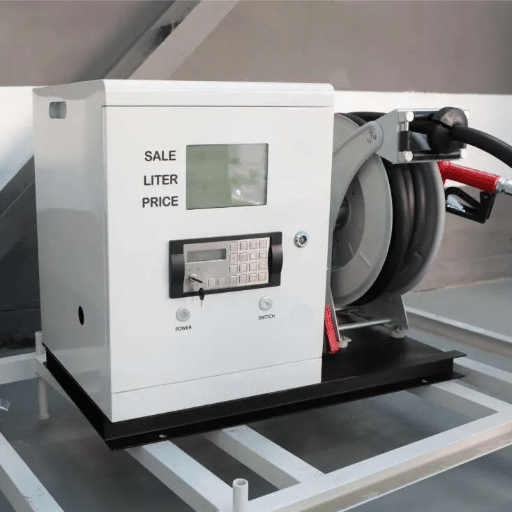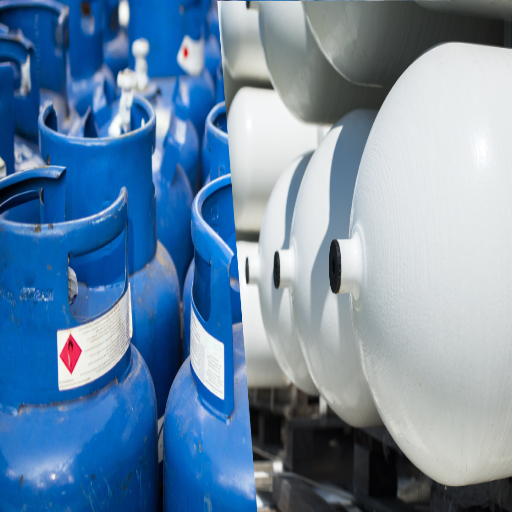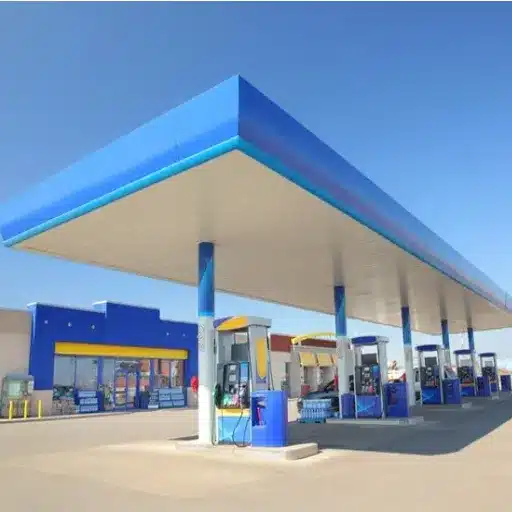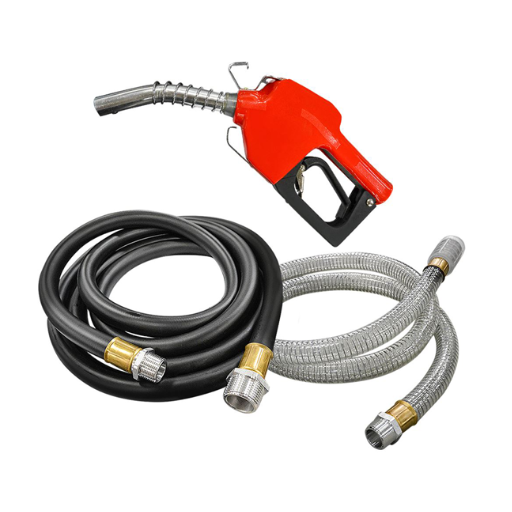Running a fuel station and selecting the right fuel dispenser involves making a crucial decision. A quality fuel dispenser delivers fuel efficiently and accurately, contributing to operational efficiency and customer satisfaction. If you are interested in devices with advanced technology, high durability, or simply low cost, finding the perfect solution according to your needs is crucial. This article provides a detailed overview of what to look for when purchasing a fuel dispenser, enabling you to make an informed decision that aligns with your business objectives. Stay with us as we outline the key features, benefits, and insights to help you make an informed decision.
Types of Fuel Dispensers
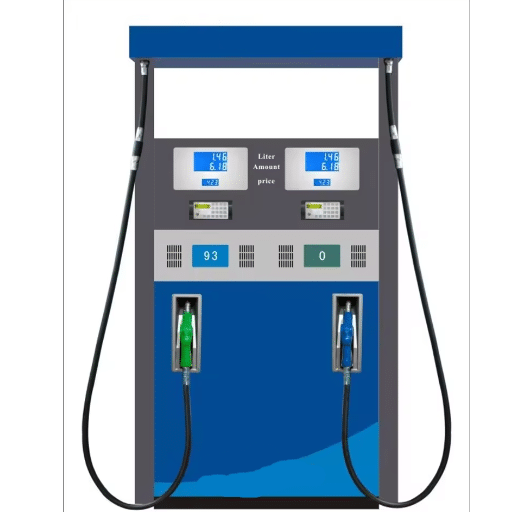
The general classification of fuel dispensers falls under two categories:
Single-Product Dispensers: These dispensers operate with a single fuel, whether gasoline or diesel, and that is pretty much all they do. Being simple, they are favored by smaller gas stations or businesses with a particular focus on one fuel.
Multi-Product Dispensers: These dispensers can dispense multiple types of fuel from a single unit. They are more versatile, hence they are found more often in larger shops where the option is provided for customers to select between unleaded, premium gasoline, or diesel.
Generally, the type you choose will depend on the kind of service, the size of the station, and the number of fuel types you wish to offer.
Commercial Fuel Dispensers
Commercial fuel dispensers are necessary for high-volume fueling stations, fleets, and industrial applications. These dispensers are built to withstand the rigors of durability, efficiency, and accuracy that large operations demand. They may be equipped with state-of-the-art equipment, such as electronic monitoring, vapor recovery, and high-flow pumps, that can dispense fuel quickly while minimizing waste.
Many modern commercial fuel dispensers feature digital interfaces that enable real-time tracking of information such as fuel levels, transaction histories, and maintenance status. Some of these dispensers are also integrated for fleet card applications, so companies can better control fuel consumption and expenses. Nozzles dispensing fuel at high rates between 60 and 100 gallons per minute make it excellent for refueling heavy-duty trucks or large fleets.
Safety is an additional feature of commercial-grade dispensers. Modern-day models feature fire suppression systems, emergency stop functions, and automatic shutdown capabilities, thereby minimizing risk exposure during operation. Furthermore, such green upgrades as vapor recovery systems reduce environmental impact by capturing and recovering gas vapors emitted throughout refueling.
The selection of commercial fuel dispensers depends upon the anticipated fuel usage, space restrictions, and any other operational necessities. All in all, an investment in a quality high-performance dispenser guarantees efficiency, economic savings, and long-term reliability of commercial fuel operations.
Retail Fuel Dispensers
At the working sites of gas stations and convenience stores, retail fuel dispensers serve as intermediary equipment for the safe and efficient transfer of gasoline, diesel, and other fuels to customers. Key considerations in selecting a retail fuel dispenser should include flow rate, durability, and POS integration for smooth transaction handling. Today, more advanced dispensers would respond to consumer needs with high-resolution displays that double as digital advertising space, improved metering precision, and the option for contactless payments.
Maintenance plays a crucial role in extending the life of dispensers, ensuring accurate dispensing, and complying with safety regulations. Routine checks and improvement methods, such as adding vapor recovery systems, make them more effective and lessen environmental impacts. Purchasing the best retail fuel dispensers will delight customers, minimize downtime, and ensure long-term profitability.
Portable Fuel Dispensers
Many portable fuel dispensers are designed for refueling in remote areas, industrial sites, farms, or other locations where traditional fuel stations are inaccessible. These devices carry meters, nozzles, and hose reels to provide an accurate and controlled volume of fuel. Typically, they are used for diesel, gasoline, or kerosene, and come in sizes manageable for transit or mobile applications.
Key factors to consider when selecting a portable fuel dispenser include fuel type compatibility, flow rate, and ease of maintenance. Consideration is also given to compliance with safety and environmental standards. Modern portable dispensers are evolving to incorporate advanced automation capabilities, such as digital displays and data logging systems, to meet operational and monitoring needs. High-quality portable dispensers ensure reliability in dispensing, reduce spillage, and facilitate better fuel management in challenging environments.
Factors to Consider When Buying a Fuel Dispenser

Flow Rate: Select a dispenser with a flow rate that meets your working needs. High rates are suitable for quick refueling, but lower rates may be more effective for smaller applications.
Portability: The dispenser should be easy to move around, especially if it needs to be set in different locations. With a portable design featuring solid handles and lightweight wrapping, moving the object becomes far more straightforward.
Safety Standards: Verify that the dispenser complies with relevant safety and environmental regulations to minimize potential legal or operational risks in the future.
Maintenance: Opt for a dispenser with easily interchangeable parts and minimal maintenance requirements, resulting in less downtime and lower operational costs.
Technology Integration: The integration of modern technology, including digital displays, automation, and data logging, will enhance operational efficiency and monitoring capabilities.
By considering the points mentioned above, it becomes easier to select a fuel dispenser according to one’s needs, while ensuring durability and ease of operation.
Price Considerations
When considering fuel dispensers, understanding their price ranges and the significant factors that influence their cost is crucial in making an informed decision. An average of $5,000 to $15,000 is usually estimated for basic fuel dispensers, varying with feature additions and build quality. Mid-range models are available, ranging from $15,000 to $30,000. These include added functionalities such as advanced dispensing technology and digital displays. The highest-grade dispenser exceeds $30,000; it includes automation with analytics and provides excellent materials.
Several explanatory factors influence these costs, including the type of fuel dispensed (e.g., gasoline, diesel, or alternative fuels), the presence of advanced technologies (such as cloud-based monitoring systems), and the number of units being dispensed. For example, such dispensers for stations receiving large numbers of customers attract a premium due to their durability and high-capacity features.
Installation expenses are also to be accounted for, ranging from $2,000 to $10,000, depending on site requirements and setup complexity. Then come the maintenance charges: yearly servicing may cost anywhere between $500 and $2,000, ensuring the dispenser remains efficient. By balancing upfront investment with operational costs over time, businesses can leverage their expenditure for a trustworthy performance.
Durability and Compliance
When it comes to choosing equipment, durability is an essential consideration for a long-term investment. High-grade dispensers are often made from corrosion-resistant materials, such as stainless steel or reinforced plastic, which resist wear and tear in high-traffic environments. The research results indicate that premium units will last 8-10 years on average, provided they receive proper care and handling, thereby reducing replacement costs.
Equally important is compliance with industry regulations and safety standards. Equipment must comply with OSHA or NSF guidelines to protect the working environment and meet sanitary requirements. For instance, dispensers installed in food services must meet all the stringent requirements for NSF certification, hence ensuring that such equipment comprises materials that are non-toxic and easy to clean.
Compliance not only removes legal risk from suppliers but also builds user trust and satisfaction, allowing suppliers to work along current health and safety best practices.
Supplier Reputation and Support
When buying dispensers, the attractiveness of the supplier lies in the customer’s reputation. A reputable supplier should have an extensive track record of consistently providing high-quality products that are both durable and compliant with relevant standards. The presence of certificates, such as ISO 9001, indicating adherence to quality management standards, is a key moment in establishing supplier credibility. It is thus prudent to examine customer reviews, case studies, and testimonials, as these can offer valuable insights into their performance and reliability.
Superior suppliers often provide services that support their products, including technical assistance, installation assistance, and rapid responses to maintenance requests. Companies that frequently rank highly in customer satisfaction can often sell extended warranties or provide post-sale support. For example, suppliers that promise same-day replacement for a faulty article or those that offer round-the-clock customer service make things easy for customers. According to statistics, companies that work with dependable suppliers have experienced 25% less downtime due to equipment problems, underscoring the proven benefits of partnering with reliable suppliers.
In conclusion, apart from making processes more efficient, good suppliers serve as trustworthy investment partners for lifetime benefits.
Key Features of Fuel Dispensers
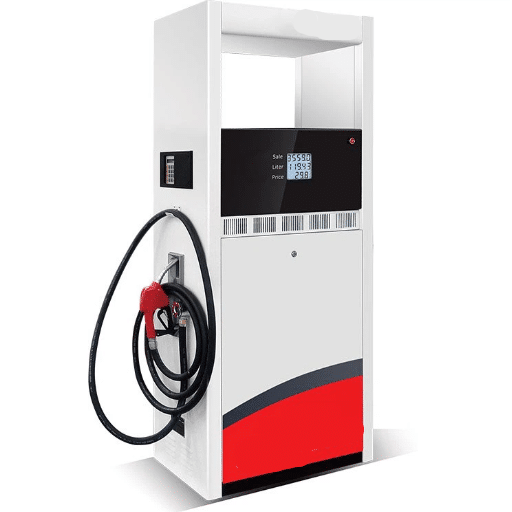
Fuel dispensers are of advanced technology to ensure accuracy, efficiency, and reliability in fueling operations. Some salient features are:
High-Precision Measurement Systems: Fuel dispensers are equipped with advanced metering technologies to accurately measure fuel quantity accurately, thereby eliminating discrepancies between parties and ensuring the buyer’s interest.
User-Friendly Interfaces: Many dispensers feature touchscreens or display panels that enable customers to have a straightforward fueling process.
Durability and Weather Resistance: These machines, which are high on engineering, have been constructed with robust materials to withstand harsh environmental conditions, ensuring performance over a long period.
Integrated Payment Solutions: Most modern fuel dispensers integrate with payment solutions, offering, for instance, contactless payment and card payment options, which enhance their operational convenience.
Safety Included: Safety protocols should be embedded, such as automatic shut-off valves and leak detection systems, to avoid accidents and to protect the user.
In designing such features, fuel dispensers continue to exhibit high performance and reliability standards, meeting the diverse requirements of businesses and consumers.
Flow Rate and Efficiency
The flow rate and fuel dispenser are key factors in ensuring efficiency, which helps lower wait times at the fuel stations. For delivery, fuel dispensers are set at a flow rate of 10 to 40 gallons per minute, depending on the type of vehicles that will be serviced. For simple passenger cars, dispensing rates of approximately 10 GPM are required, while for heavy vehicles, such as trucks and buses, high-speed dispensers with flow rates of up to 40 GPM are utilized.
When it comes to efficiency enhancement, advanced metering provides an advantage. Any engineered design thus increases the level of precision to reduce wastage and ensure the actual delivery of the correct amount of fuel. Dispensers can operate most efficiently according to demand by utilizing variable-speed pumps and advanced flow controllers. They therefore granted the advancement of the downstream operation and helped reduce the environmental impact, for instance, via overflows or slight leaks. A fuel dispenser that operates at the quickest and most precise speed will provide an easy-to-use refueling experience for both operators and customers.
Safety Features of Fuel Dispensers
Fuel dispensers are outfitted with numerous built-in safety features that protect the consumer, equipment, and environment. These dispensers prevent overfill using automatic shut-off mechanisms, which stop the flow of fuel once the tank is filled. Additionally, breakaway couplings are incorporated into hose systems to mitigate hazards in the event of a sudden tension or disconnection incident, thereby ensuring that fuel does not spill and minimizing environmental risks.
Modern fuel dispensers, in tandem, feature additional leak detection systems that constantly monitor for potential leaks, including those within the dispenser or underground storage tanks, thereby alerting operators to prevent environmental contamination. Spark-proof elements, coupled with explosion-proof enclosures, particularly raise safety concerns for dispensers whenever volatile fumes are present.
In emergencies, these dispensers are mounted with emergency stop buttons or switches to halt refueling immediately. Heat detection systems and fire suppression systems can also be integrated as an additional layer of security in the event of a fire.
According to statistics and reports, these safety measures are effective; for example, incidents of fuel spillage have been drastically reduced in both commercial and public refueling stations due to the use of an automatic shut-off valve alone. Through these safety measures, manufacturers strive to ensure that their fuel dispensers operate reliably while upholding safety and regulatory standards.
Automatic vs. Manual Fuel Nozzles
According to the latest Google search information, key aspects to consider when choosing between automatic and manual fuel nozzles include ease of use, safety, efficiency, cost, and maintenance.
|
Feature |
Automatic |
Manual |
|---|---|---|
|
Ease of Use |
Convenient |
Basic |
|
Safety |
High |
Moderate |
|
Efficiency |
Optimal |
Lower |
|
Cost |
Higher |
Lower |
|
Maintenance |
Minimal |
Moderate |
Pricing and Cost Considerations
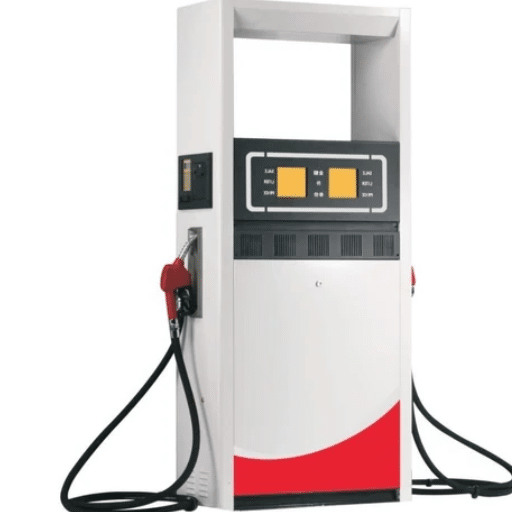
When setting prices for fuel nozzles, one should consider both the initial cost and the long-term value. Usually, automatic fuel nozzles command higher upfront prices due to their extra features-they shut down automatically, and the flow is optimized for efficiency. Ideally, these require less maintenance and increased safety, which will likely result in long-term cost savings. Considering the weaknesses of manual nozzles, they are initially cheaper; however, maintenance costs may be high, and nozzle efficiency may decline over time. Consequently, the consumer should ultimately settle on what best supports their needs, priorities, and budget limitations.
Factors Affecting Fuel Dispenser Prices
Influence on price: Fuel dispensers are priced based on factors such as the technology used, material quality, brand reputation, and market demand. Advanced technologies, with their own set of complexities and offering better user convenience, would naturally command a higher price; electronic fuel dispensers with digital displays and an integrated payment system come to mind. For instance, due to the rising demand for touchless payment systems, their prices have increased significantly in recent years.
Material quality is another critical factor. For example, while a stainless steel dispenser is more cost-efficient owing to its durability and corrosion resistance in an environment subjected to brutal weather, it is also priced on the higher side. Further, a reputed brand will also be priced higher based on performance guarantees, warranties, and after-sales support.
One crucial factor is industry adherence and certification. Dispensers that comply with safety or environmental regulations, such as those certified by UL or ATEX, would understandably cost more due to the extra engineering and testing required. Additionally, changes in the prices of raw materials and transportation expenses can also impact total pricing. The disruptions in the economy or supply-chain challenges add to this.
Lastly, demand is a crucial factor in determining prices. The higher the demand for fuel stations, the higher the prices for dispensers, especially in those regions with an infrastructure boom or an increase in the number of vehicles. That is why Asian Pacific nations, such as India and China, are now observing a rise in investments in fuel retail, which in turn influences price trends within the industry.
Comparative Pricing: Encore 700 vs. Other Models
According to the latest Google search, available options for gas dispensers for sale include the Encore 700, Wayne Helix, Tokheim Quantium, Gilbarco Legacy, and OPW Fuel Dispensers.
|
Feature |
Encore 700 |
Helix |
Quantium |
Legacy |
OPW |
|---|---|---|---|---|---|
|
Price |
$$$$ |
$$$ |
$$$ |
$$ |
$$ |
|
Efficiency |
High |
Moderate |
High |
Moderate |
Low |
|
Safety |
Excellent |
Good |
Excellent |
Good |
Moderate |
|
Maintenance |
Low |
Moderate |
Low |
Moderate |
High |
|
Durability |
High |
High |
High |
Moderate |
Low |
|
Technology |
Advanced |
Advanced |
Advanced |
Basic |
Basic |
This table provides a concise comparison of the key parameters among leading gas dispenser models, enabling users to assess differences and make informed purchasing decisions quickly.
Finding the Best Deals on Fuel Dispensers
Searching for the best fuel dispensing deals? Price, combined with quality and reliability, is everything. Based on the leading source, here are the succinct tips you need to know in your journey to get the perfect dispenser for you:
Compare Different Vendors: Online research for reputable manufacturers and distributors. Use dealer comparison tools to compare prices, warranty, and after-sales services. Some vendors offer discounts for bulk purchases or during specific holiday periods. If one can align purchases within this timeframe, substantial savings can be achieved.
Check for Certified Refurbished Models: A certified refurbished fuel dispenser can offer excellent performance at a lower cost. Trustworthy suppliers that test, certify, and warranty refurbished models should be sought.
Turn to Industry Forums and Reviews: There are promo deals and user reviews for different models of gas dispensers that are often listed on chat boards and industry websites. Some customer feedback may point out a specific dispenser as unreliable or not built to last; consider this when evaluating your options.
With these measures, you’ll not only find affordable options but also strike a balance between economical value and the operational lifespan of your fuel dispenser.
Where to Find Gas Dispensers for Sale
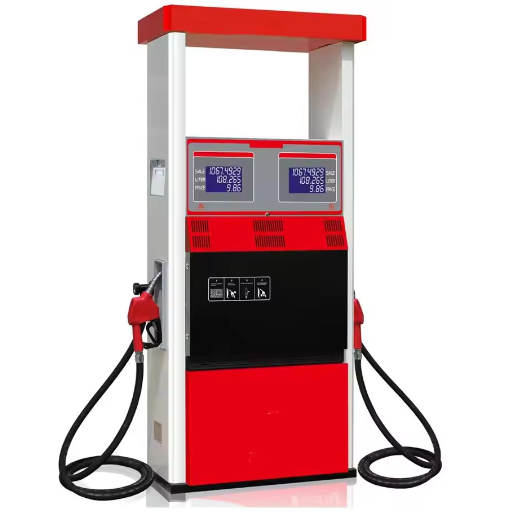
Manufacturer Websites: Examine the official websites of the famous gas dispenser manufacturers. They tend to publish product catalogs with specifications and information on purchase either directly from them or from authorized dealers.
Authorized Dealers and Distributors: Try to contact any authorized distributor in your area. These dealers handle legitimate and certified gas dispensers. They may also occasionally provide warranty and proper after-sales services.
Industry Trade Shows and Expos: Attend trade shows and expos focused on fuel equipment. The expos showcase the latest models and decorations from reliable vendors.
Online Marketplaces: Similar to other e-commerce websites and classified listings, these platforms often feature both new and used gas dispensers. Before making a purchase, ensure that you carefully examine the seller’s credibility and check their rating, if available.
These are the most reliable and standard options for finding a gas dispenser, depending on your needs.
Online Retailers and Suppliers
Online sellers and vendors play a crucial role in providing a comprehensive range of gas dispensers tailored to various industries and specific needs. Reliable sources, such as Grainger and Alibaba, offer a wide range of gas dispensers, from compact to advanced and high-capacity systems. Industrial-grade ones offered by Grainger are often made from tough materials. They are suitable for severe use, while Alibaba stands as an option for global buyers, offering both affordable and premium options.
Amazon Business has also received recognition as a user-friendly purchasing platform, offering detailed reviews and customer ratings to help discerning purchasers make informed decisions. Industry suppliers, such as Husky and Gilbarco Veeder-Root, develop innovative designs incorporating the latest technologies, including fuel efficiency monitors and safety measures.
The recently observed trend shows suppliers offering customization options, allowing businesses to manufacture products that meet specific operational requirements. This combination of versatility and extremely detailed product information, along with consumer reviews, makes an online retailer/supplier an indispensable option for purchasing quality gas dispensers.
Local Commercial Equipment Dealers
My experience with local commercial equipment dealers has been that they possess a considerable amount of expertise, which comes in handy when the need arises to view a product in person. The dealers usually offer extensive guidance on where to buy gas dispensers that best suit my business needs. Additionally, they perform maintenance on the gas dispensers and have a technical team ready to provide support at a moment’s notice, making them an excellent choice for purchasing equipment.
Evaluating Used vs. New Fuel Dispensers
When weighing used or new fuel dispensers, each has its perks depending on one’s priority in business. The new fuel dispensing systems typically feature the latest technology, enhanced safety features, and warranty coverage, ensuring they are reliable for an extended period and require less maintenance. Additionally, they are often in line with the latest compliance and efficiency standards, which serves as a worthwhile investment in a modern setup.
Used fuel dispensers, however, incur much less cost and make sense for companies willing to reduce initial outlay. Inspect the equipment thoroughly to determine wear and the remaining lifespan of key components. Also, consider the maintenance history and ensure it complies with current regulations to avoid unnecessary expenses.
The final decision between used and new gas pumps will come down to your budget, operational needs, and long-term business goals. For companies that put a premium on the very best technology and a guarantee of dependability, new dispensers are a supreme choice. Used dispensers could be morally justified, philosophically, and practically, especially in matters of saved money, if the very least consideration is given to maintenance planning.
Reference Sources
“Building a hydrogen infrastructure in Norway”
“Evaluation of the internal control system for inventory at UD Nina Usman SPBU”
Frequently Asked Questions (FAQs)
What types of fuel dispensers are available for sale?
There are various types of fuel dispensers available for sale, including gasoline and diesel fuel dispensers, as well as alternative fuel options such as compressed natural gas (CNG) dispensers. Each type is designed to meet specific fueling needs, whether for personal vehicles, boats, or commercial fuel businesses.
How does an Encore ultra-hi flow dispenser improve fuel efficiency?
The Encore ultra-hi flow dispenser offers high flow rates, which significantly reduces the time customers spend fueling their vehicles. This efficiency is particularly beneficial during peak hours at gas stations, enabling faster service and enhanced customer satisfaction.
What is the importance of a secure fuel tank?
A secure fuel tank is crucial for preventing leaks and spills, which can have adverse environmental impacts and pose significant safety risks. Investing in high-quality tanks ensures compliance with regulations and protects your fuel inventory, providing peace of mind for fuel businesses.
Are there any portable fuel dispensers for sale?
Yes, portable fuel dispensers are available for sale and are ideal for businesses that require flexibility in fueling operations. These dispensers can be easily transported and set up at different locations, making them a convenient solution for various fueling needs.
How do alternative fuel options impact the fuel station industry?
Alternative fuel options, such as CNG and electric dispensers, are gaining popularity as customers increasingly demand more sustainable fueling solutions. This shift is transforming the fuel station industry, prompting businesses to adapt and offer a broader range of fuel types to cater to customer preferences.
What features make the Encore family of dispensers a top choice?
The Encore family of dispensers is renowned for its durability, compliance with industry standards, and advanced features, including easy-to-use interfaces and secure payment systems. These dispensers provide confidence that comes standard, ensuring that businesses can rely on them for efficient operations.
How do CNG dispensers communicate with fuel management systems?
CNG equipment communicates seamlessly with fuel management systems, allowing for real-time monitoring of fuel sales and inventory levels. This integration enables businesses to streamline their operations and optimize performance, resulting in significant cost savings.
What should I consider when choosing a fuel pump for my business?
When choosing a fuel pump, consider factors such as flow rate, compatibility with your fuel type, durability, and ease of maintenance. Selecting the right pump is crucial for ensuring efficient operations and meeting your customers’ demands.
Are there financing options available for purchasing fuel dispensers?
Many suppliers offer financing options for purchasing fuel dispensers, making it easier for businesses to invest in the necessary equipment. These options can help spread the cost over time, making it more manageable for fuel businesses to acquire high-quality dispensers without significant upfront expenses.

